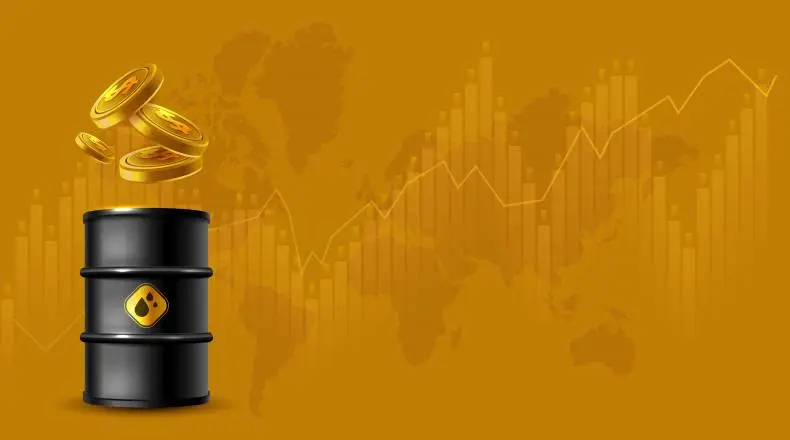WTI Crude Oil On Track For Worst Weekly Decline In 4 Weeks, Silver Touching 2-year Lows, Coffee Futures


Summary:
After falling more than 3% the previous day, oil prices increased by about 3% to over $89 per barrel on Friday amid expectations that OPEC+ will discuss output curbs at a meeting on Monday. However, due to worries about the recession and the effects of additional COVID lockdowns in China, WTI oil is on pace for its worst weekly decline in four weeks and is down more than 30% from its high. Investors are eagerly following the status of talks to revive the 2015 nuclear agreement on the supply side because a prospective agreement might unleash substantial flows from Iran.

 WTI Crude Futures Price Chart
WTI Crude Futures Price Chart
In September, silver futures dropped below $18 per ounce, reaching lows not seen in more than two years as the Federal Reserve's hawkish signals prompted investors to switch from metal to the US dollar. The dollar reached over 20-year highs as Fed Chair Jerome Powell highlighted the US central bank's aim of reducing inflation down to the 2% threshold and stated that borrowing costs will remain at a restrictive level for a protracted period even if it hampers GDP. Another factor adding to the flight from precious metals is that the European Central Bank is reportedly considering a larger 75 basis point rate hike to combat inflation at its policy meeting next week. The appeal of storing non-yielding bullion is diminished by increased interest rates, despite the fact that it is widely seen as a hedge against inflation and economic uncertainty. August is expected to end with silver down roughly 12%.

 Silver Dec ‘22 Futures Price Chart
Silver Dec ‘22 Futures Price Chart
As the attention remained on weather in top producer Brazil, Arabica coffee futures on ICE were trading down marginally from an almost six-month high that was called on August 25th. Concerns that there might not be enough moisture to sustain the development of coffee buds and cherries after some early flowering were allayed by the forecast for rain in Brazilian coffee regions over the following ten days. However, Maxar Technologies reported last week that the effects of La Nina are likely to persist through the end of the year. This suggests that Brazil will receive less rain through the end of the year, which could exacerbate the country's current drought and put additional strain on its coffee crops. After reaching a 23-year low of 571,580 bags on August 15, the most recent data showed that ICE-certified arabica stockpiles on August 29th remained at 663,874 bags, an increase of eight consecutive days.

 Coffee Dec ‘22 Futures Price Chart
Coffee Dec ‘22 Futures Price Chart
Sources: finance.yahoo.com, tradingeconomics.com